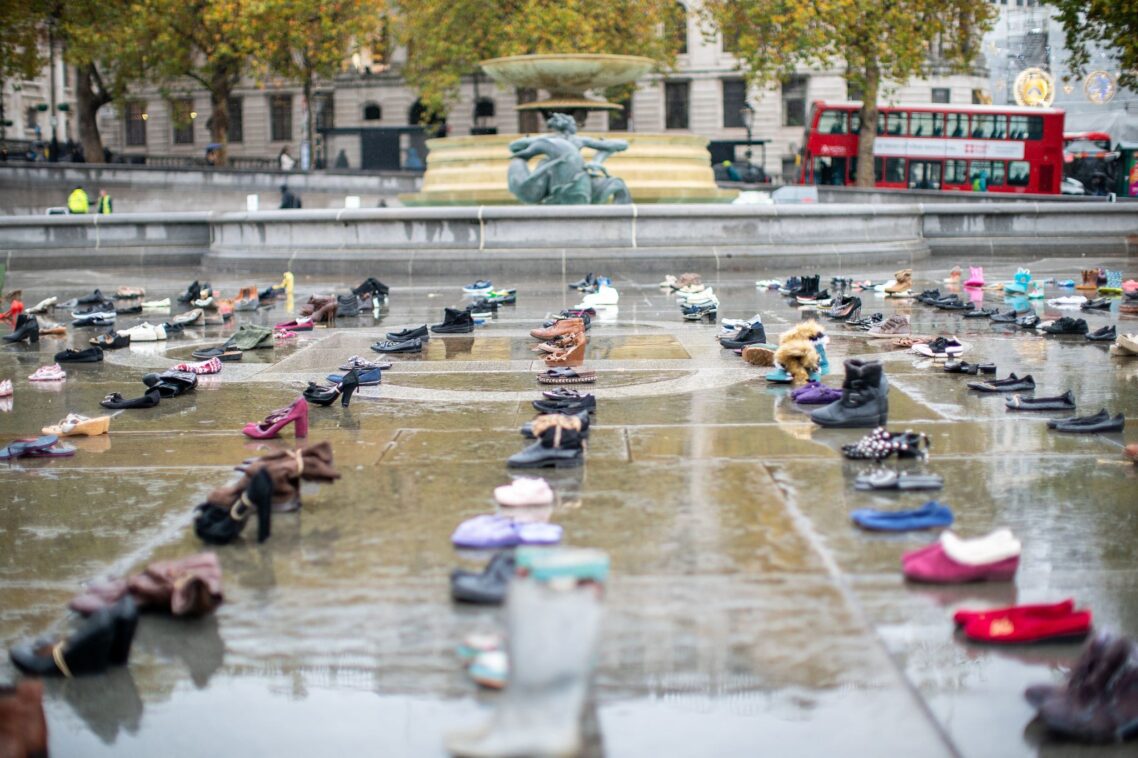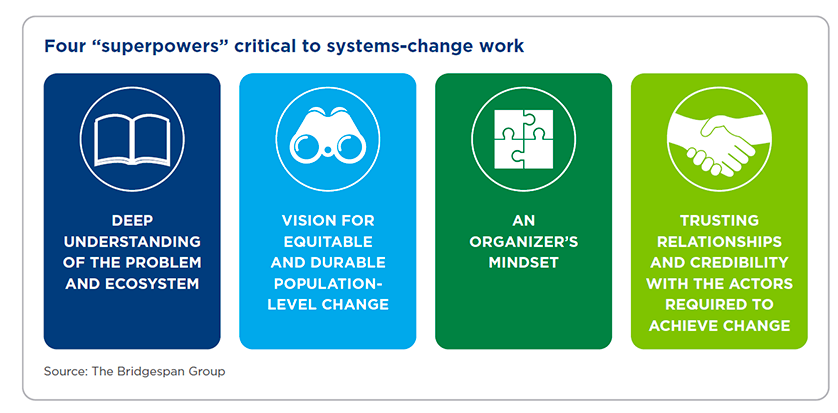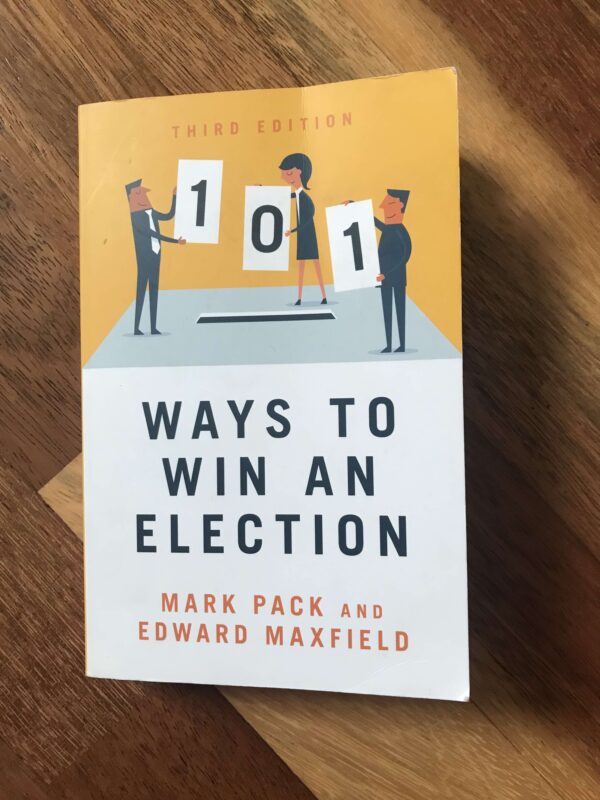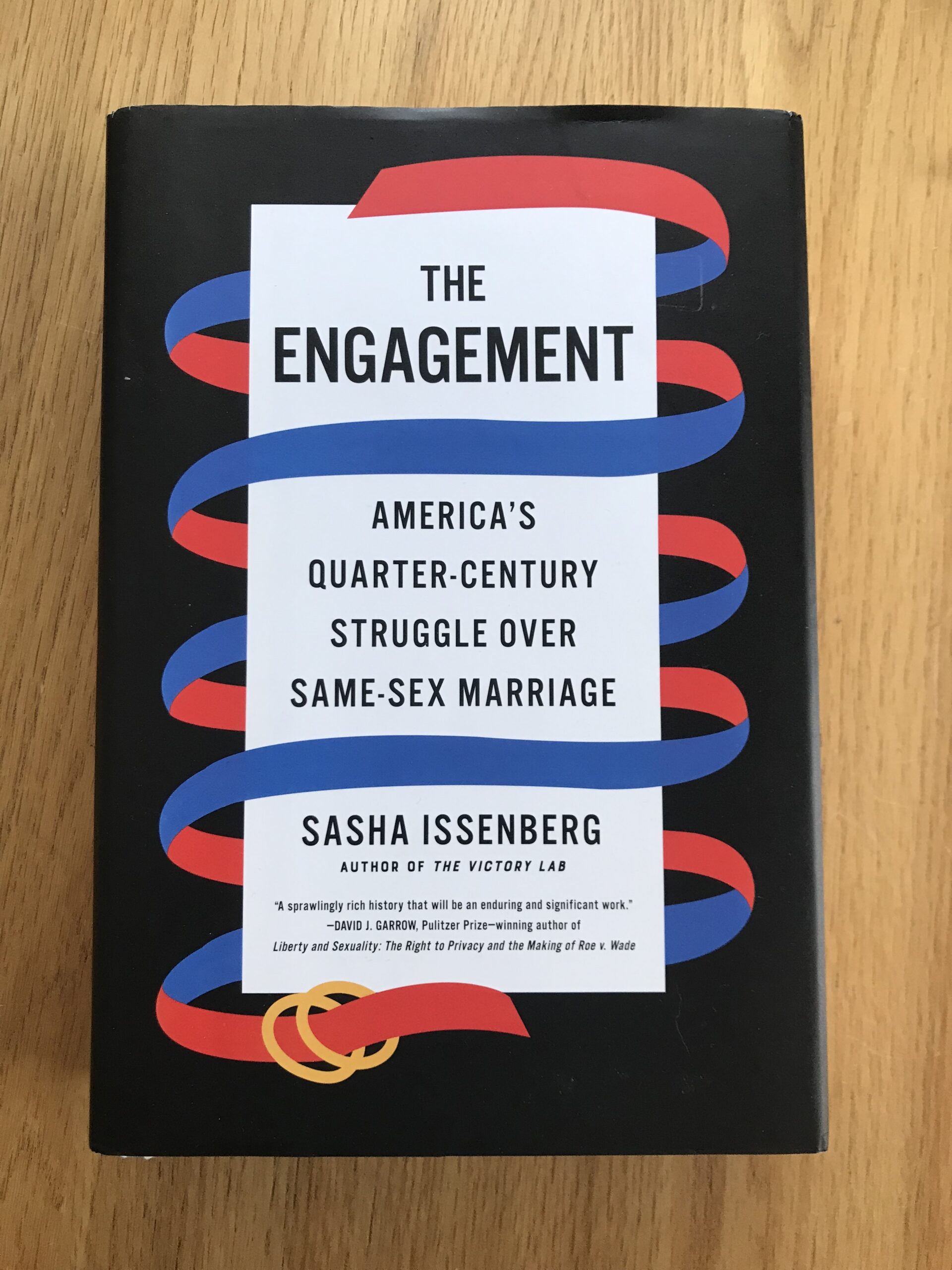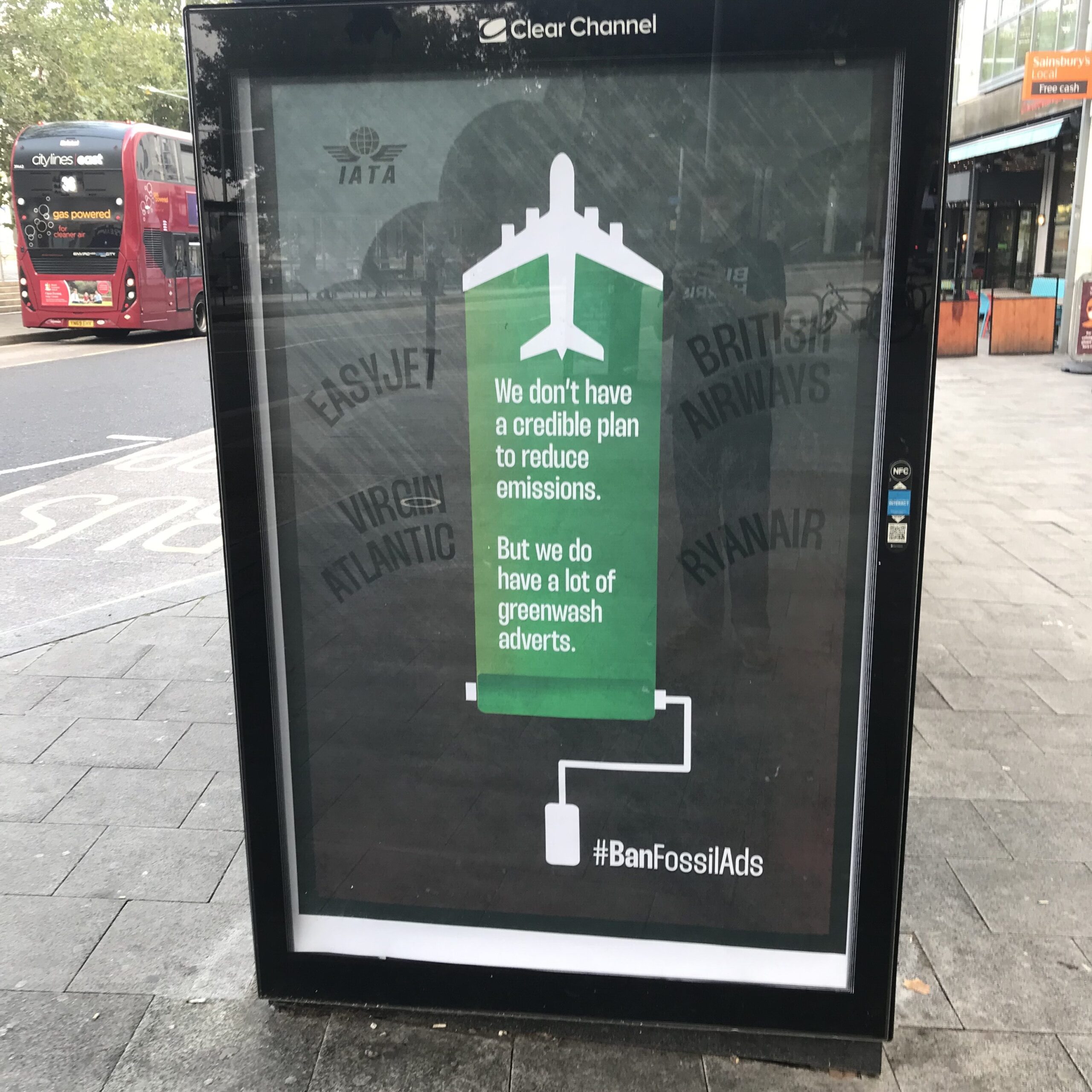It’s been a while since I organised a campaign stunt, but after putting 100s of shoes out in Trafalgar Square to highlight the ongoing hunger crisis in East Africa.
Following it I did a bit of a learning session with my team on running great campaign stunts, and wanted to share some of my lessons here – it’s very much from the perspective of making these happen within charities, but hopefully it’s useful.
Campaign stunts can be really varied – but being really clear on what you’re looking to achieve from the activity is critical to good planning.
Are you looking for media coverage, to generate content to share on social media, to engage a political targets (like getting MPs to come out and join you), to bear witness to an issue that’s happening, or to engage the public.
Whatever you decide to do, simplicity is the key – introducing too many elements into a stunt can often make an image. So come up with a simple idea that you’re looking to deliver.
When you’ve decided on what you’re looking to do it’s time to start to think about the location for your stunt.
Most public spaces require you to get permission to formally use them – that can be from the local authority or the landowner, although increasingly many public spaces are privately owned and that makes doing some activities harder.
Sometimes you might decide that your stunt is going to be small or happen quickly so you’ll decide not to ask for permission, or asking for permission will prevent it from happening so you can plan to go ahead without it, but that’ll be an organisational decision.
If you’re looking for your event to happen in and around Parliament then you’ve got a few options, most of which need to have permission requested 14 days in advance – Parliament Square and Trafalgar Square are both under auspice of the Greater London Authority, Victoria Tower Gardens (the space south of Parliament) is under the Royal Parks (who are often hard to work with) and there are various spaces on the Parliament estate which you can also look to hold an stunt on.
It’s certainly my experience that given the level of security around Parliament its hard to do much without permission, but it’s often easier when you move away from higher profile locations – almost all spaces have conditions on what you can and can’t do, including when you can do something. Generally they like stunts to happen at quieter times of the day – so expect an early start!
If you’re looking for props for your stunt I’d recommend getting in touch with a theatre set designer – they’re excellent at turning your vision into something that can be used – remember they have to build props that are durable but can get on and off stage quickly.
However it’s often it’s a case of needing to get out and source the materials you need – for example recently needing 2000 pairs of shoes for a stunt required getting on the phone to second-hand clothing wholesalers – basically Google is your friend.
Do think about the sustainability of your materials and what you’re going to do with them after the stunt – including where your going to store them. Invariably organisational finance process can slow down getting props commissioned or items– so if you think you’ll be likely to do this perhaps start to source a supplier ahead of time
While a picture can tell a thousand words, having some banners or signs at your stunt can be helpful. Generally I’ve got these printed by a local printer who can turn things around within 24 hours or so (at Save the Children we use ABC Imaging as they’re close to our office).
If you’re looking for banners think about the size and material you want to make from them – explore material banners which are better for the environment or make your own from sheets. Signs can be held by participants – and often best if printed on foamboard as they are a little more rigid and have better waterproof qualities. Most of the time I’ve found a printer will take a high-res pdf version to print, but check requirements.
As part of your planning you’ll want to think about the staff that you’ll need at your stunt – they probably fall into 3 groups;
- Those needed to make the stunt happen who will be focused on logistics and delivery of the stunt. Appoint someone as the stunt lead but don’t ask them to take on any other role. Make sure you’ve thought about the number of people you’ll need to put up or out any props that you’re using, or how you’ll steward a space – less of a challenge if it’s early in the morning.
- Those capturing the stunt – this should include any spokespeople you’ll need for the media interview, or capturing social media content. If you’re looking to get media coverage don’t assume that papers will send their own photographer, so look to book your own so you can share the photos with your press release.
- Those supporting others who are involved – if you’ve got young people, or celebrities (which can be helpful in getting media coverage), or politicians coming along you’ll probably want some people who are explicitly linked to working with them.
Ahead of the event, put some time in to brief everyone on what’s going to happen and their role on the day, plus what to do if something goes wrong.
Approach planning the stunt as you would any stunt – exploring putting together a project plan (or whatever tool you find most useful for planning), put in some regular check-ins with key colleagues that are working with you on it, set a budget, and once it’s all over do a quick learning review or evaluation
Every charity will approach this differently, so follow your internal guidance, but expect to put together a risk assessment for your stunt – it’s something that’ll be needed for some authorities to give you permission to use a specific space, but also a useful way to test what you need to be thinking about.
You might find that you need to demonstrate that you have public liability insurance – which would cover your organisation if something went wrong (which is unlikely), and you’ll want to make sure you’ve got contact details of any suppliers you’re going to need on the day – one of my learnings is if you’ve got to get props on site, make sure your courier or van driver knows exactly where to drop them.
It’s very unlikely anything will go wrong, but I always find it’s useful to run a quick ‘what will we do if’ exercise to think about any key things that might be challenge you occur on the day and what you’ll do – for example what happens if its raining, or someone does turn up, and to take with me to any stunt a bag of ‘just in case’ materials like Gaffa Tape, cable ties, marker pens, etc.
Finally, there are loads of people who can help, from professional event planners who can take on lots of the planning and logistics, to other campaigners who’d always be happy to offer some advice based on what they’ve done.
